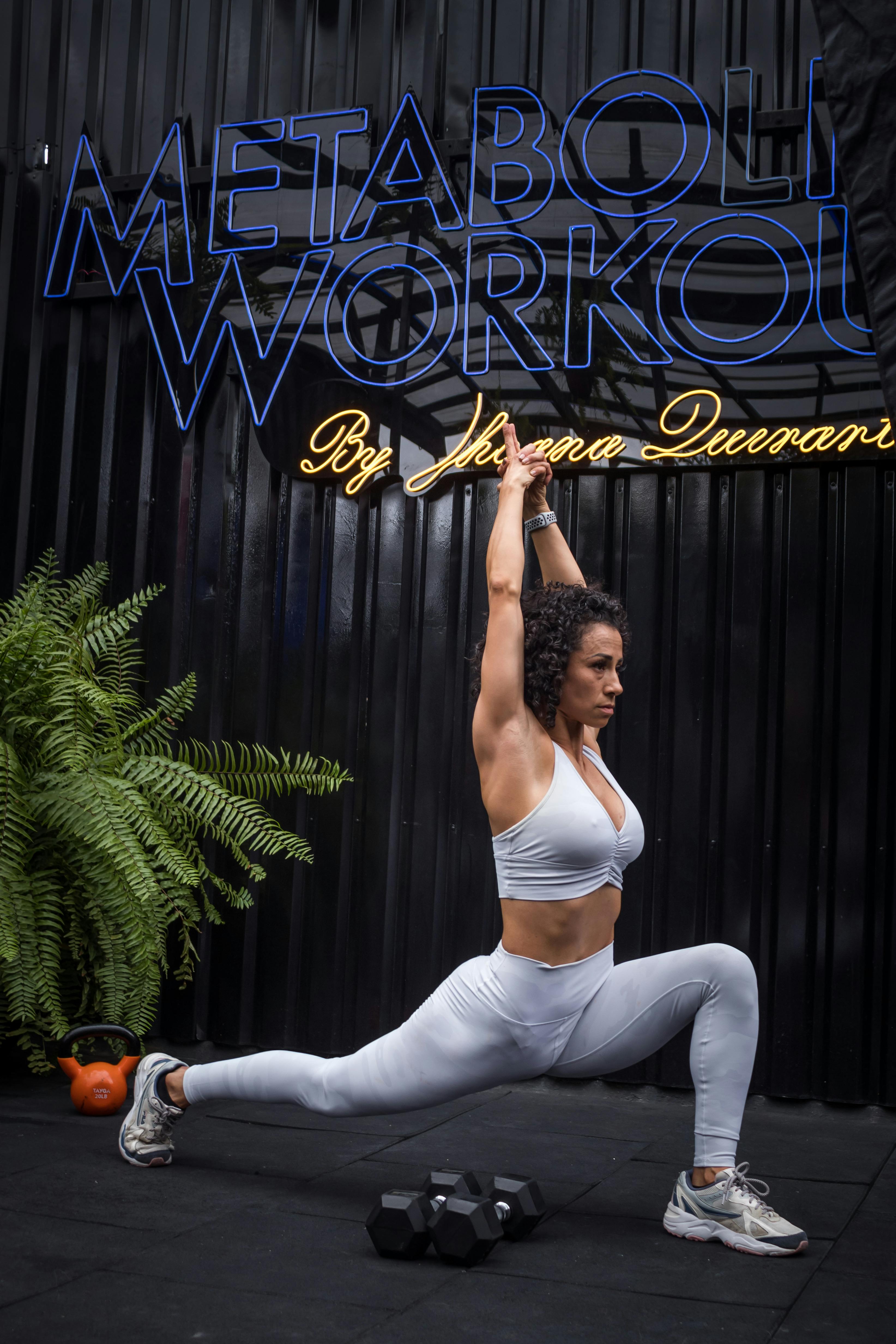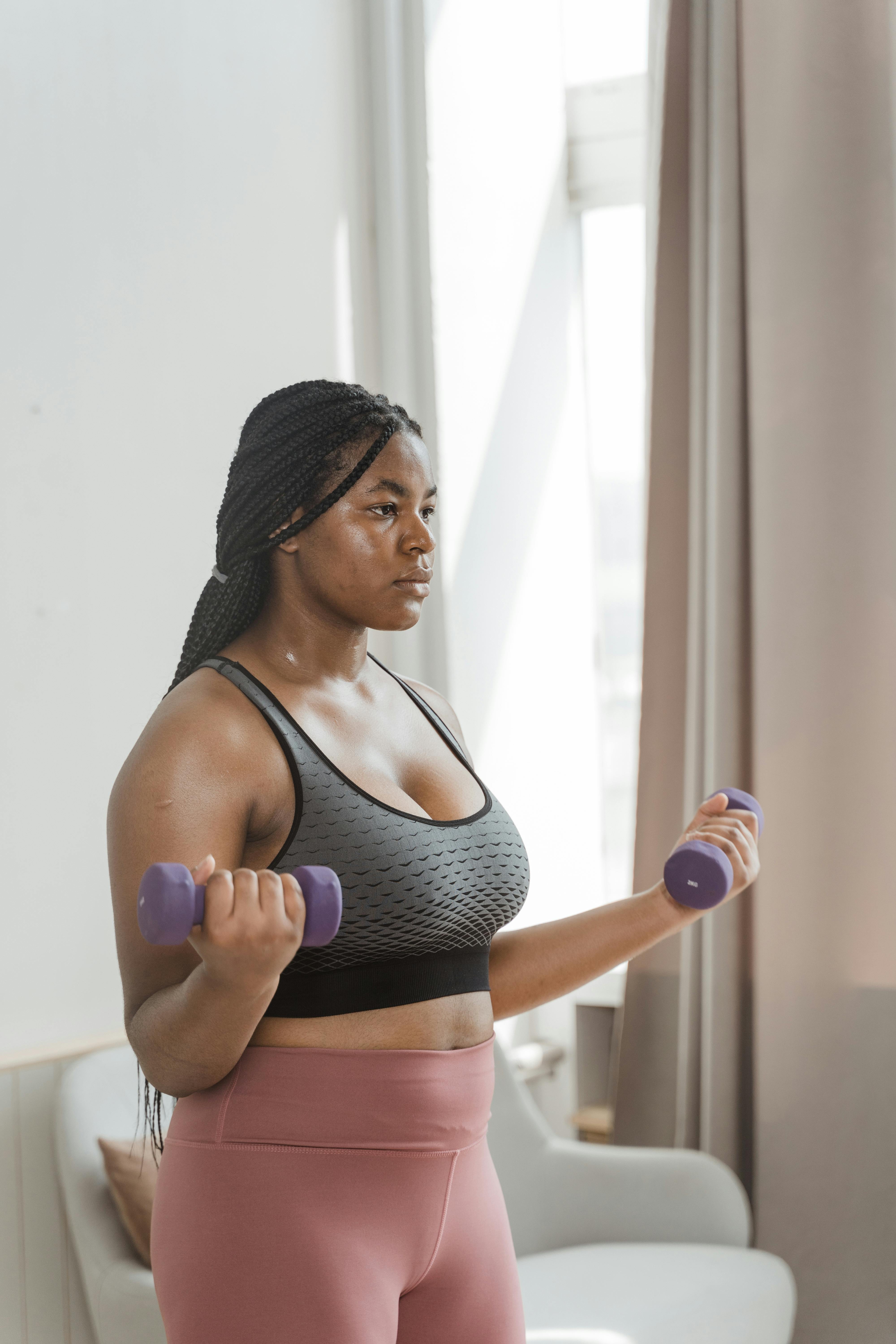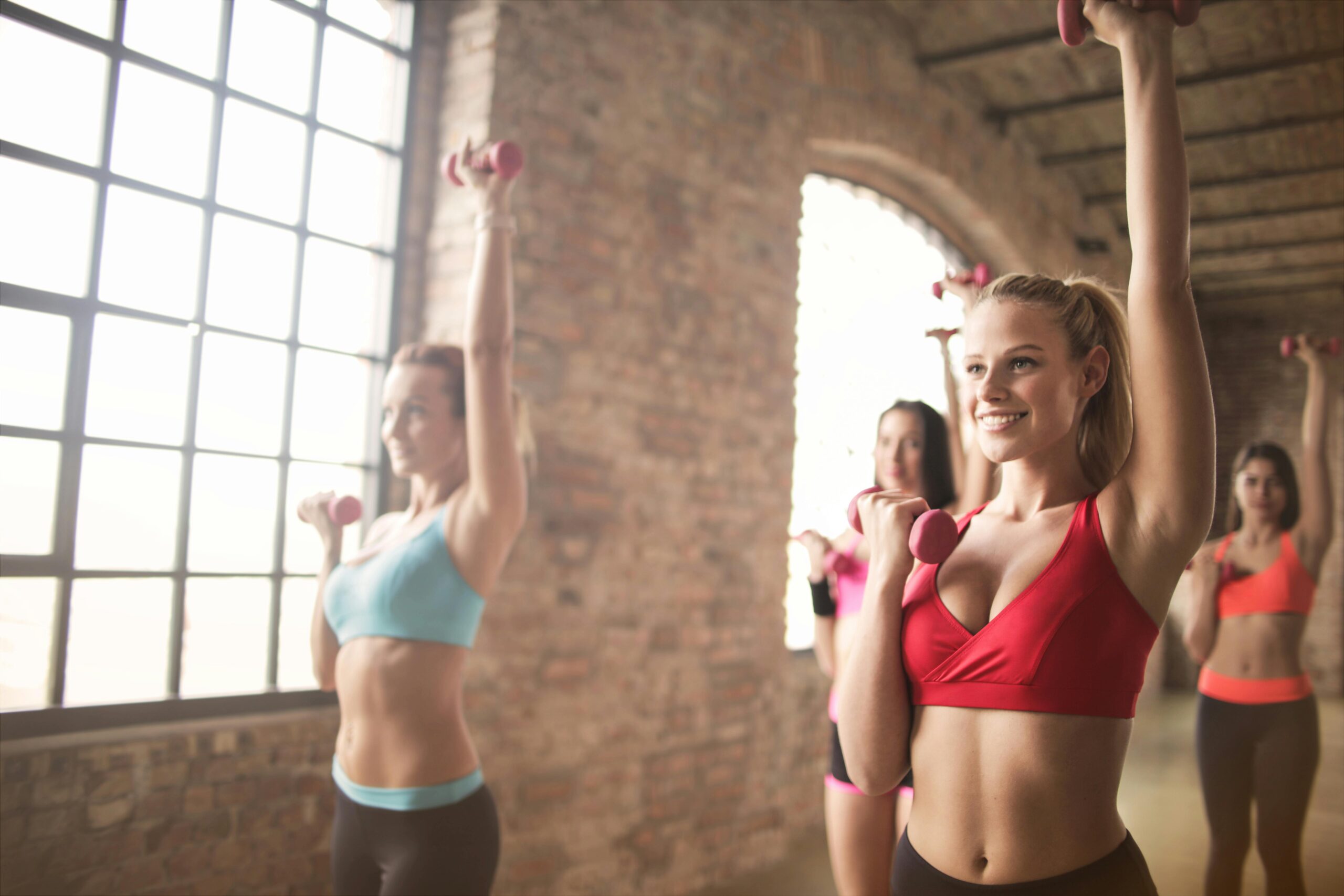Smart Ways to Enhance Your Seitheben mit Kurzhanteln for Better Results in 2025

Essential Techniques for Seitheben with Dumbbells
Understanding the Basics of Seitheben
Seitheben, or lateral raises, is a fundamental exercise targeting the shoulder muscles, particularly the deltoids. This exercise plays a crucial role in broadening the shoulders and enhancing overall upper body aesthetics. For beginners in **Krafttraining**, mastering the correct form is essential to prevent injuries and maximize effectiveness.
When performed correctly, Seitheben not only improves muscle definition but also contributes to better shoulder stability. It’s vital to maintain a straight back and avoid using momentum. Instead, focus on controlled movements, ensuring the effort comes from the shoulder, rather than swinging the weights.
Incorporating this exercise into your **Trainingsplan** can lead to significant improvements in both **Muskelaufbau** and overall fitness. Whether at the **Fitnessstudio** or at home with **Kurzhanteln**, consistency is key.

Choosing the Right Dumbbells
Selecting the appropriate **Krafttraining** weights is crucial for effective **Muskeltraining**. Beginners should start with lighter weights, focusing on their form and gradually increasing resistance as their strength improves. **Kurzhantel kaufen** can be an easy task; however, opting for adjustable weights can save space and be more economical as your fitness level progresses.
Additionally, consider investing in ergonomic dumbbells designed to provide a comfortable grip, which can help prevent slips and ensure safety during workouts. For those serious about their training, consulting a **Personal Trainer** for recommendations tailored to your body type can be beneficial.
Understanding your **Fitnesslevel** allows you to set realistic goals, which in turn can boost your **Trainingsmotivation**.
Incorporating Seitheben into Your Routine
Integrating Seitheben into your fitness routine should be strategic. Aim for 3 sets of 10-15 repetitions, depending on your training goals. If the goal is muscle endurance, opt for lighter weights with a higher number of reps. For muscle hypertrophy, heavier weights with fewer repetitions may be more beneficial.
Don’t forget that **Kraftausdauer** also plays a critical role; consider pairing the Seitheben with complementary shoulder exercises like **Schulterdrücken** for a complete upper body workout. By understanding the mechanics of **Hanteltraining**, you can effectively target specific muscle groups for optimal strength gains.
As you develop your **Fitnessprogramm**, keep track of your progress. Using a training log can help identify what works and what needs adjusting, ensuring continuous improvement and preventing plateaus in your routine.
Optimal Patterns for Effective Shoulder Training
Correct Posture and Technique
Maintaining proper form during Seitheben ensures better results while minimizing the risk of **Sportverletzungen**. Begin standing with feet shoulder-width apart, holding dumbbells at your sides. As you lift the weights, keep your elbows slightly bent and raise them to shoulder height, avoiding any upward or downward swinging.
Once you reach shoulder height, pause briefly for maximum muscle activation before returning the weights to the starting position. Engaging your core throughout the exercise will enhance **Körperstabilität** and improve overall performance.
Moreover, work on achieving a good **Körperhaltung** during your workouts. A strong base and good support can lead to impressive gains in your upper body strength.
Acknowledging Progressive Overload
Understanding the concept of **Progressive Überlastung** is essential for any fitness enthusiast. To continue making progress in your **Muskelaufbau**, gradually increase the weight of your dumbbells or the number of repetitions. This method encourages muscle adaptation and growth, keeping your training challenging and effective.
However, avoid the temptation to increase weights too quickly, as this can lead to improper form and increase **Verletzungsrisiko**. Listen to your body and ensure each workout provides a balanced challenge across all shoulder exercises.
Supplementing Seitheben with Other Exercises
For comprehensive shoulder development, consider combining Seitheben with exercises targeting different muscle groups. For instance, **Rückenstärkung** exercises can enhance back muscle engagement, creating a more balanced physique. Pair Seitheben with **Trizepsübungen** to also incorporate arm training into your regimen.
Consider looking for **Fitness-Tutorials** that demonstrate proper techniques and variations to keep workouts fresh and engaging. This keeps boredom at bay, maximizes **Trainingsfortschritt**, and maintains enthusiasm in your fitness journey.
Nutrition and Recovery
To maximize the benefits of your training, don’t overlook the importance of nutrition and recovery. Engaging in **Erholung** post-workout allows your muscles to repair and grow stronger. Incorporating a balanced diet rich in proteins, vitamins, and minerals will support your muscle recovery and overall physical fitness.
Hydration also plays a crucial role in maintaining **Körperkraft** and preventing fatigue during workouts. Explore various **Ernährung** strategies that can complement your fitness goals, as nutrition is a cornerstone of effective **Fitnessübungen**.
Evaluating Your Progress and Adjustments
Setting Realistic Fitness Goals
Establishing achievable **Fitnessziele** provides you with a clear direction and helps track your growth effectively. Instead of vague goals like “getting fit,” opt for specific targets such as “improving shoulder strength by doing Seitheben with 10 kg weights”.
Regular evaluations of your workout routine can adapt your program to enhance performance. Remember, individual **Trainingsanpassung** based on your progress can make a significant difference in achieving desired results.
Overcoming Plateaus
If your progress stalls, it may be time to shake things up! Consider changing your **Workout-Routine** by experimenting with different exercises targeting the same muscle group or adjusting sets and repetitions. Engaging a **Trainingspartner** can also provide additional motivation and accountability in your workouts.
Utilizing new **Trainingstechniken** can also help you break through plateaus. For example, mix heavy lifting days with lighter, high-rep days. This creates variance in your training stimulus that can lead to enhanced performance and satisfaction.
Utilizing Technology for Training Insights
To optimize your training, consider using apps and wearables that can track your performance metrics, such as weight lifted, repetitions completed, and recovery time. This kind of technology enables you to set benchmarks and visualize your **Trainingsfortschritt** effectively.
Gaining insights from these metrics allows for informed adjustments to your routine, leading to more efficient workouts and finer tuning of your **Hantelverfahren**.
Q&A Section: Common Questions About Seitheben with Kurzhanteln
How often should I perform Seitheben in my routine?
For effective muscle growth, aim to include Seitheben in your weekly routine 2-3 times. Balance it with other **Schulterübungen** to ensure well-rounded muscular development.
What weights should I start with as a beginner?
It’s advisable to start with lighter weights, around 2-5 kg, focusing on mastering your form. As you become comfortable, gradually increase the weights to challenge your muscles effectively without compromising form.
Can Seitheben help with shoulder pain issues?
Yes, performing Seitheben with proper form can enhance shoulder stability. However, if you experience pain, it’s crucial to consult a healthcare professional to address any underlying issues and possibly incorporate modified exercises suitable for your condition.
What are some common mistakes to avoid in Seitheben?
Avoid using momentum by swinging weights. Instead, focus on controlled, steady movements to engaging the right muscle groups effectively. Also, make sure not to lift weights above shoulder level, as this can stress your shoulder joints.
How do I know if I’m progressing?
Monitor your strength through consistent evaluation of the weights used, repetitions completed, and overall endurance. Keeping a training log or utilizing fitness apps can assist in visually tracking your advancements toward your fitness goals.
Incorporating **Seitheben** with proper techniques and consistent practice can lead to visible improvements in your shoulder strength and aesthetics, ensuring a balanced training regimen tailored to your ultimate fitness aspirations. Balancing these methods with the right nutrition can make 2025 your most accomplished fitness year yet.
